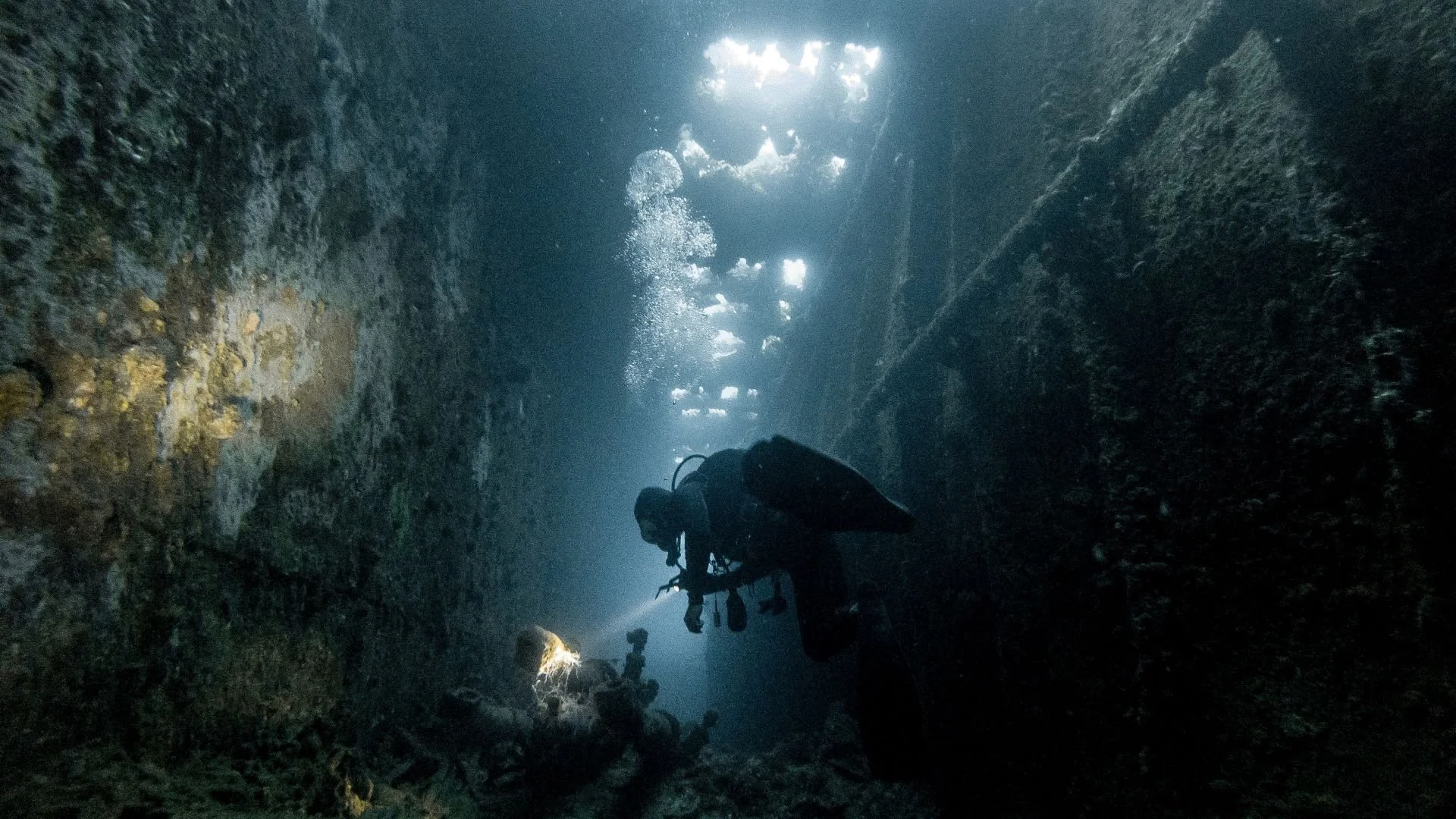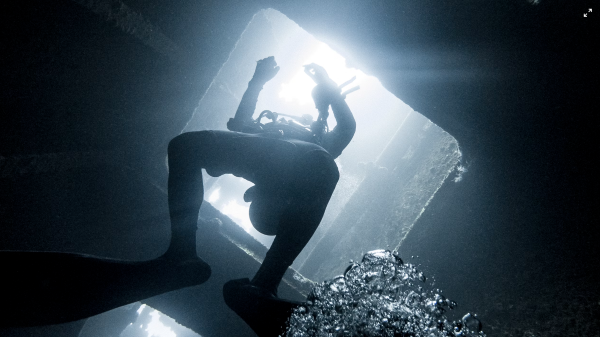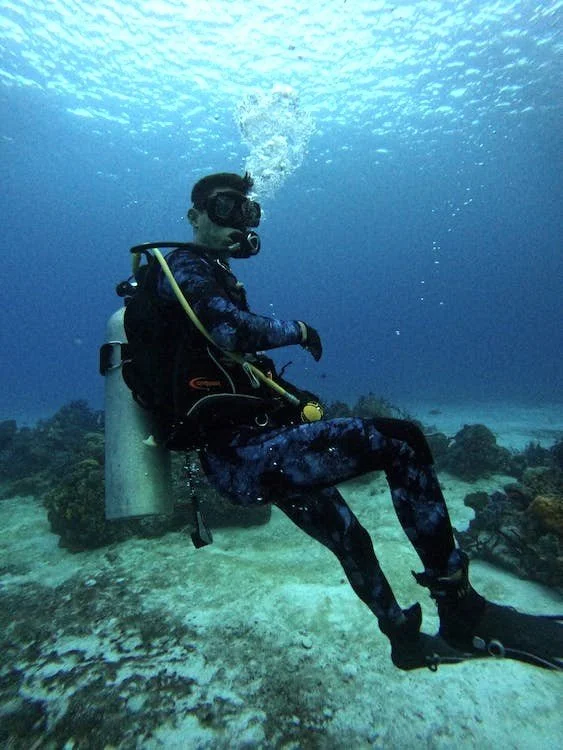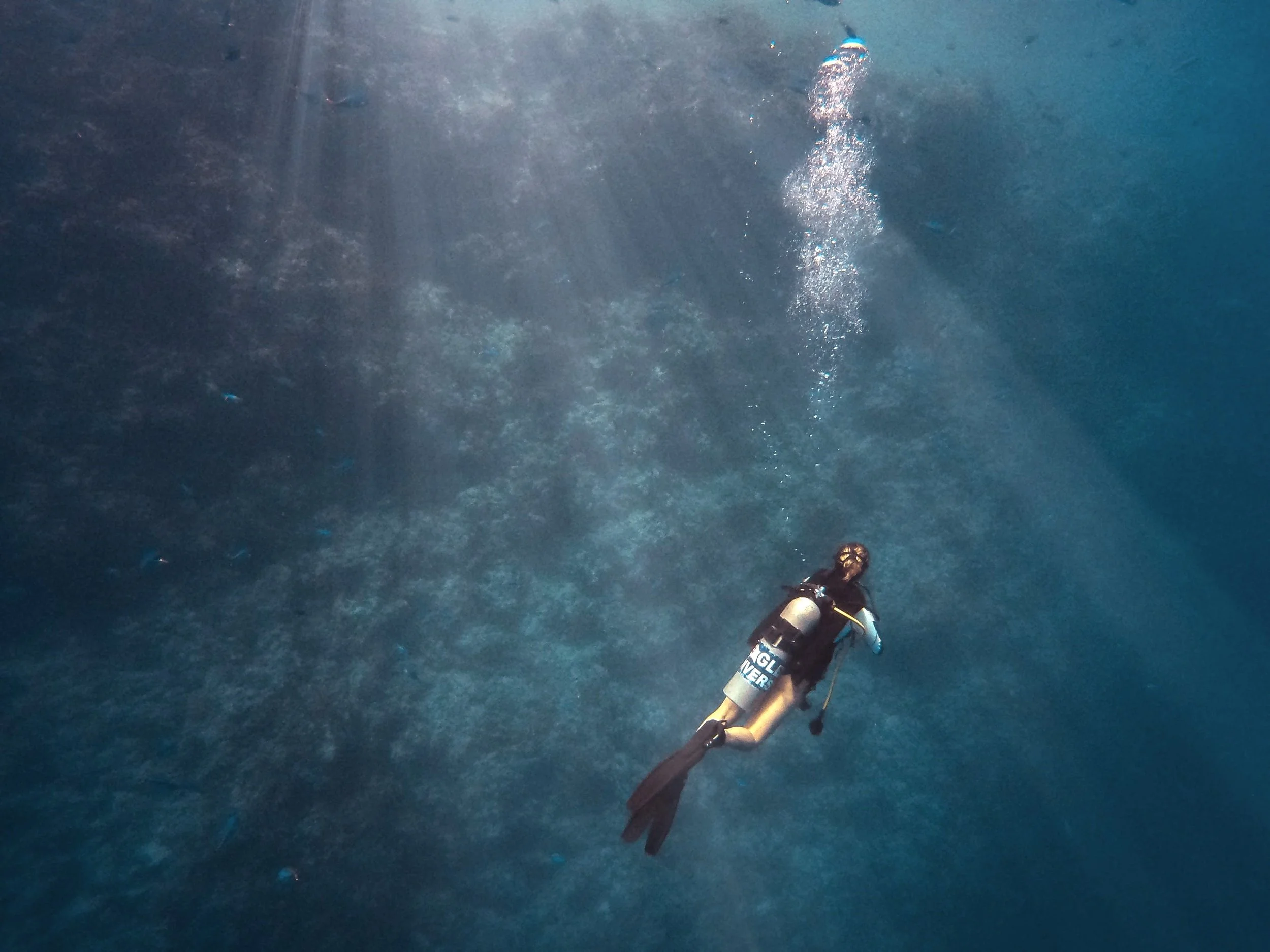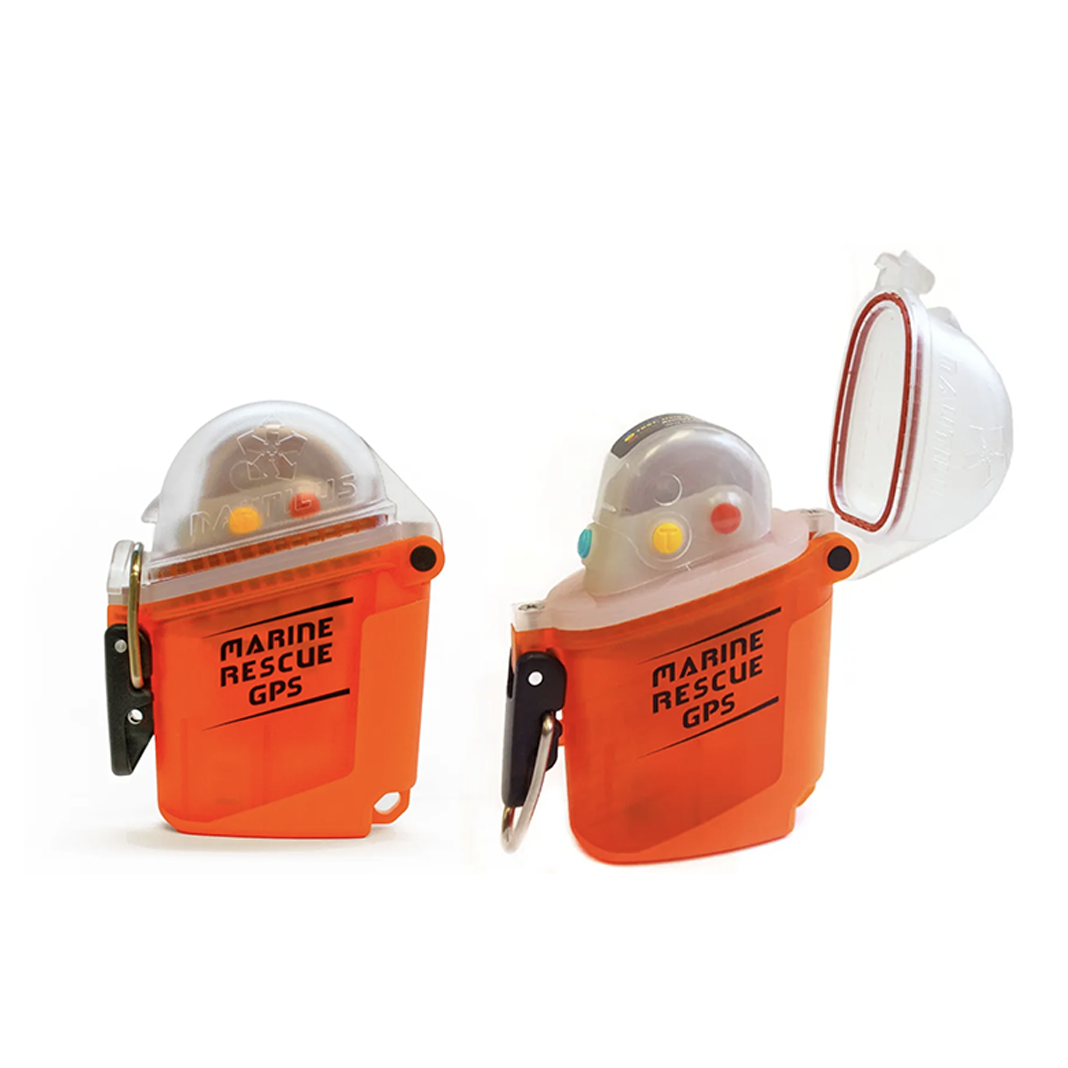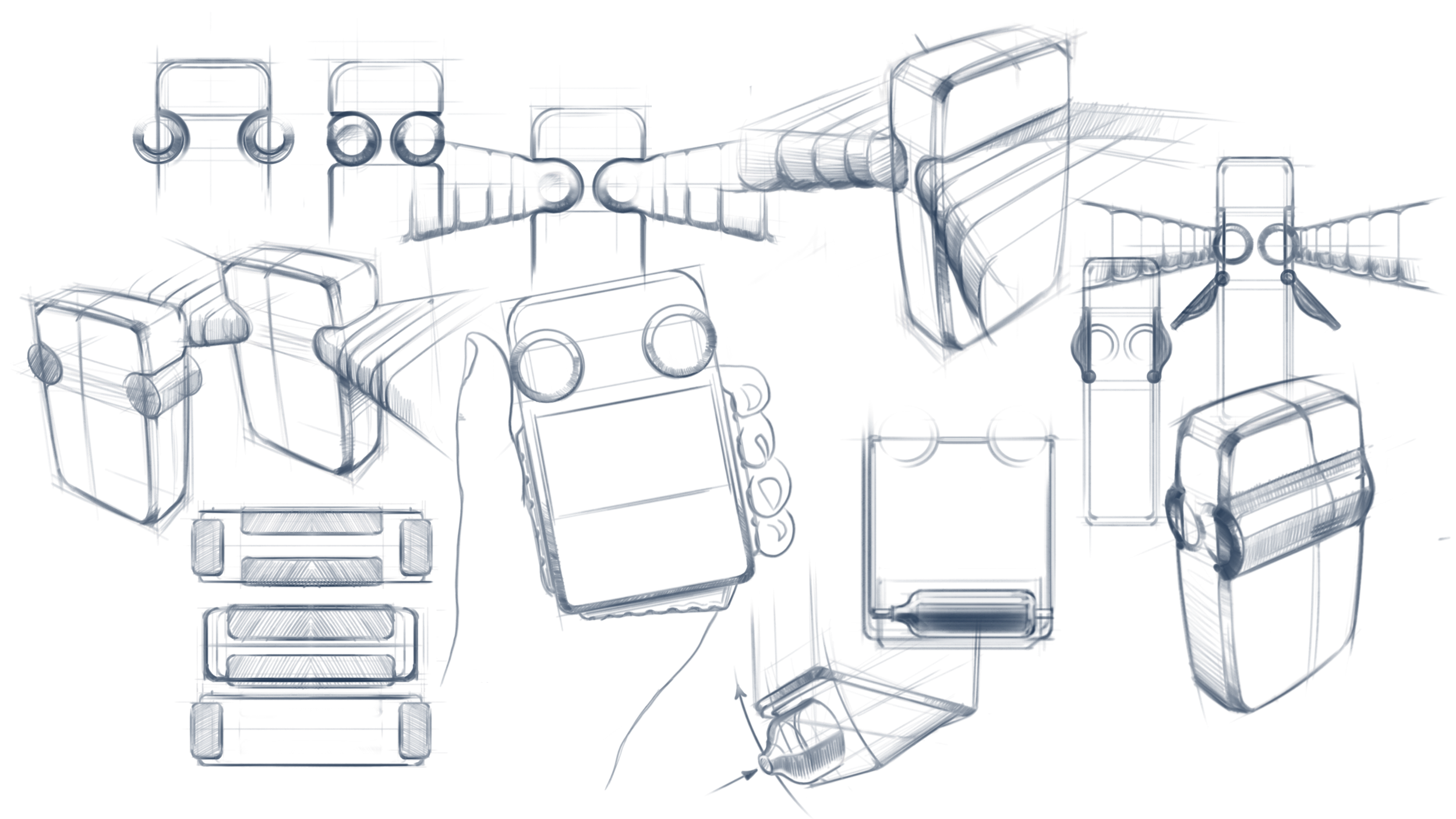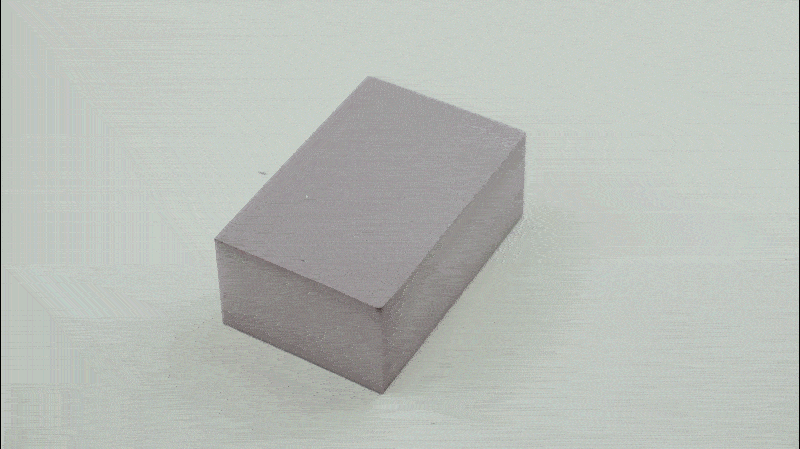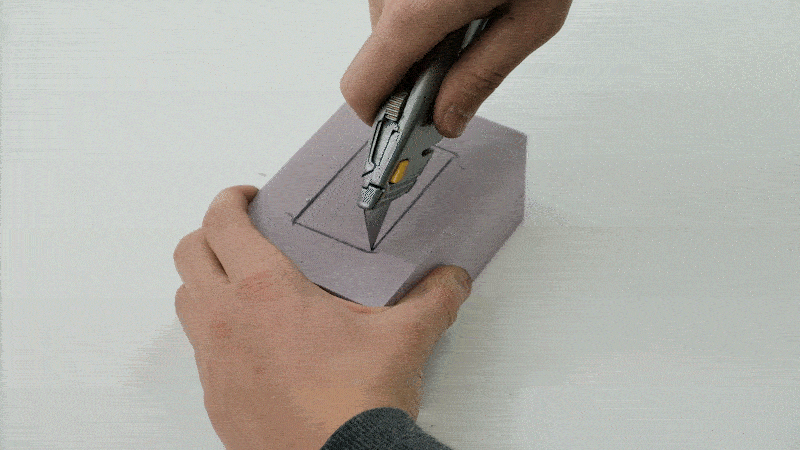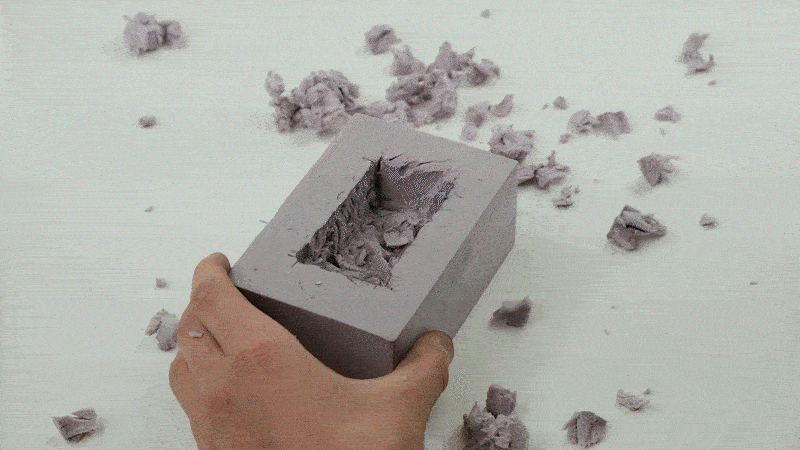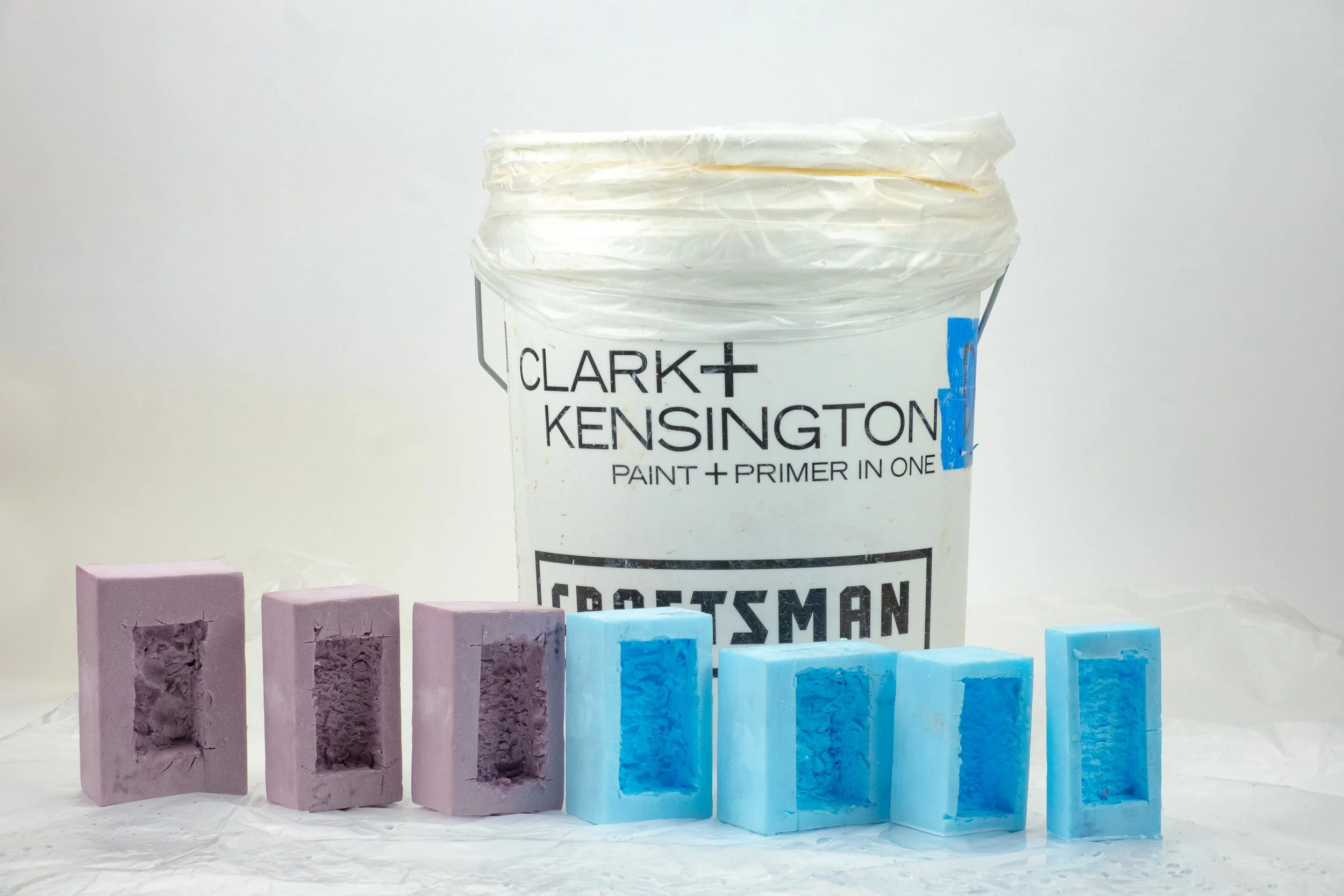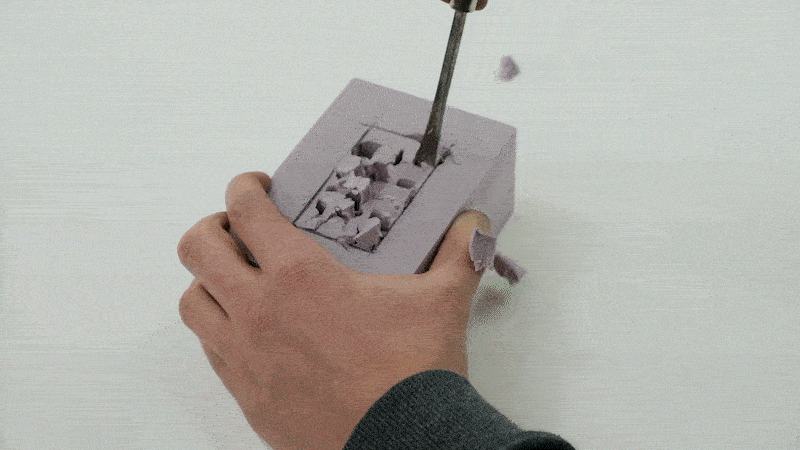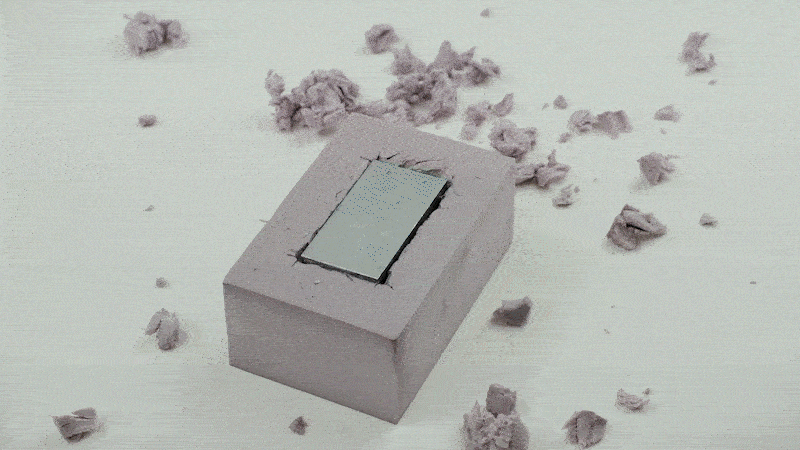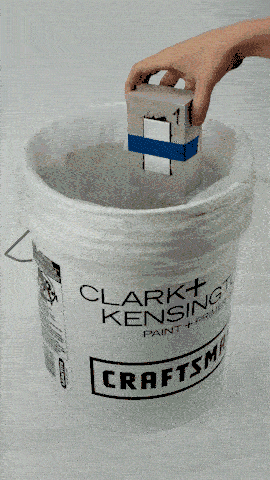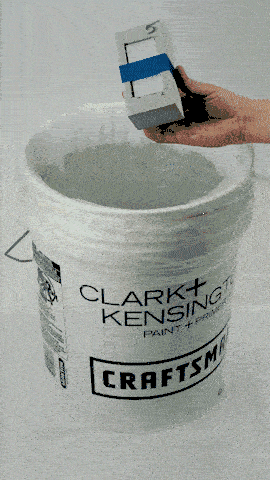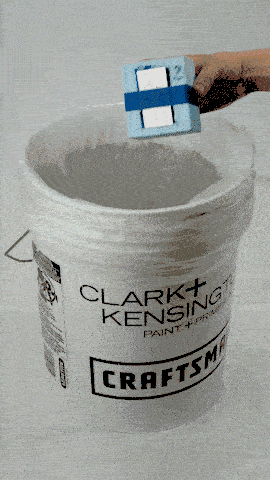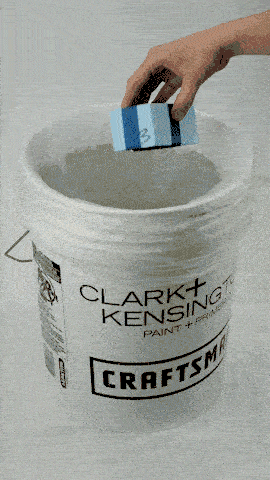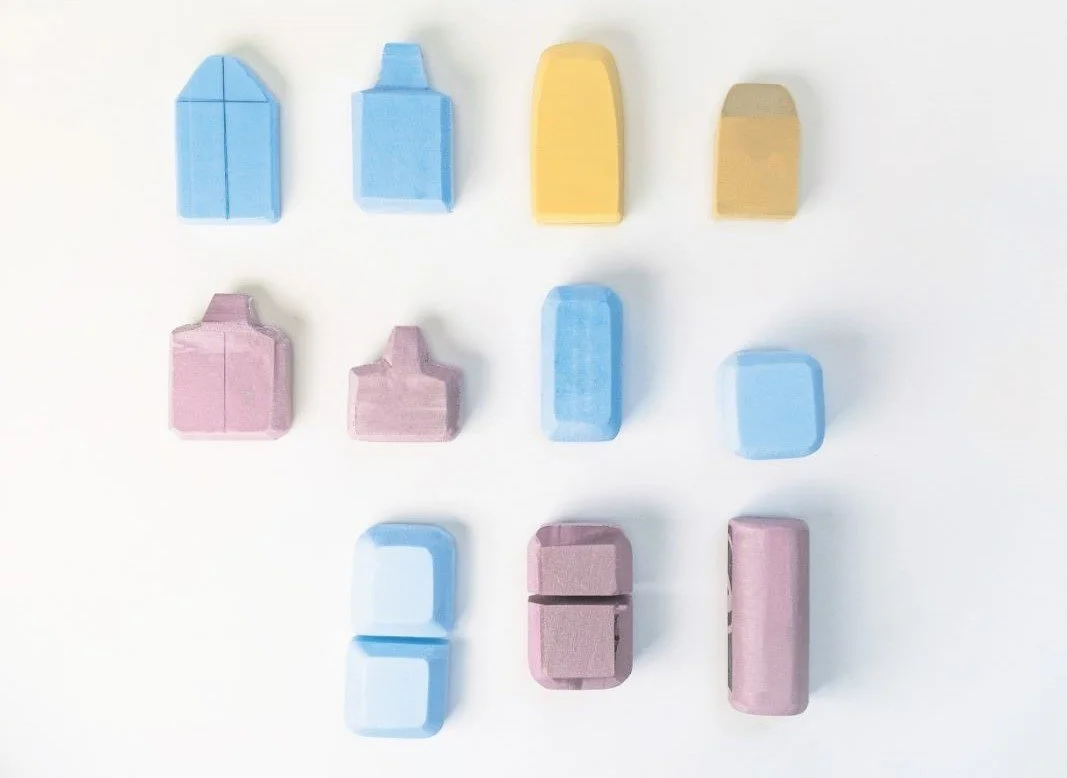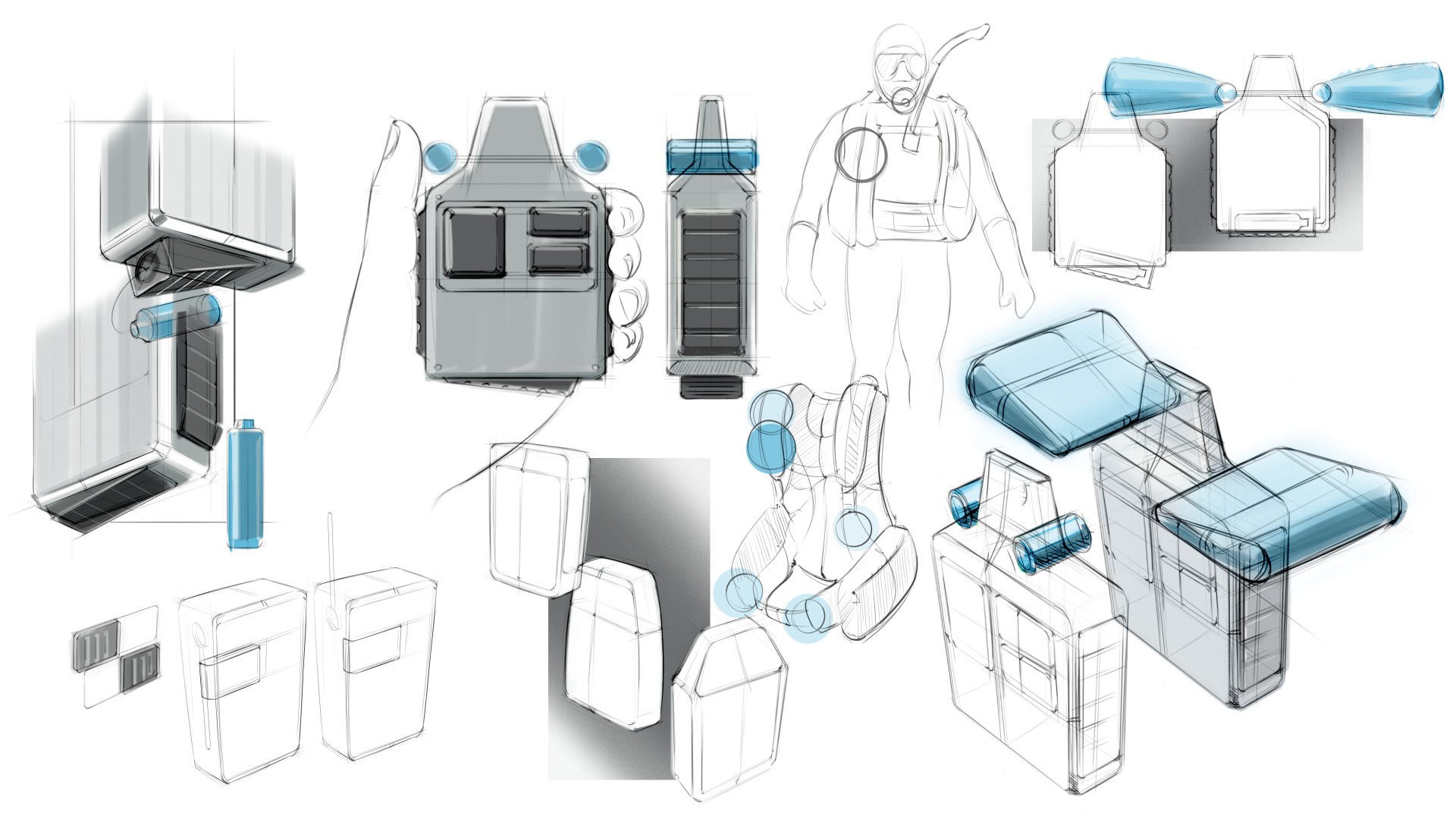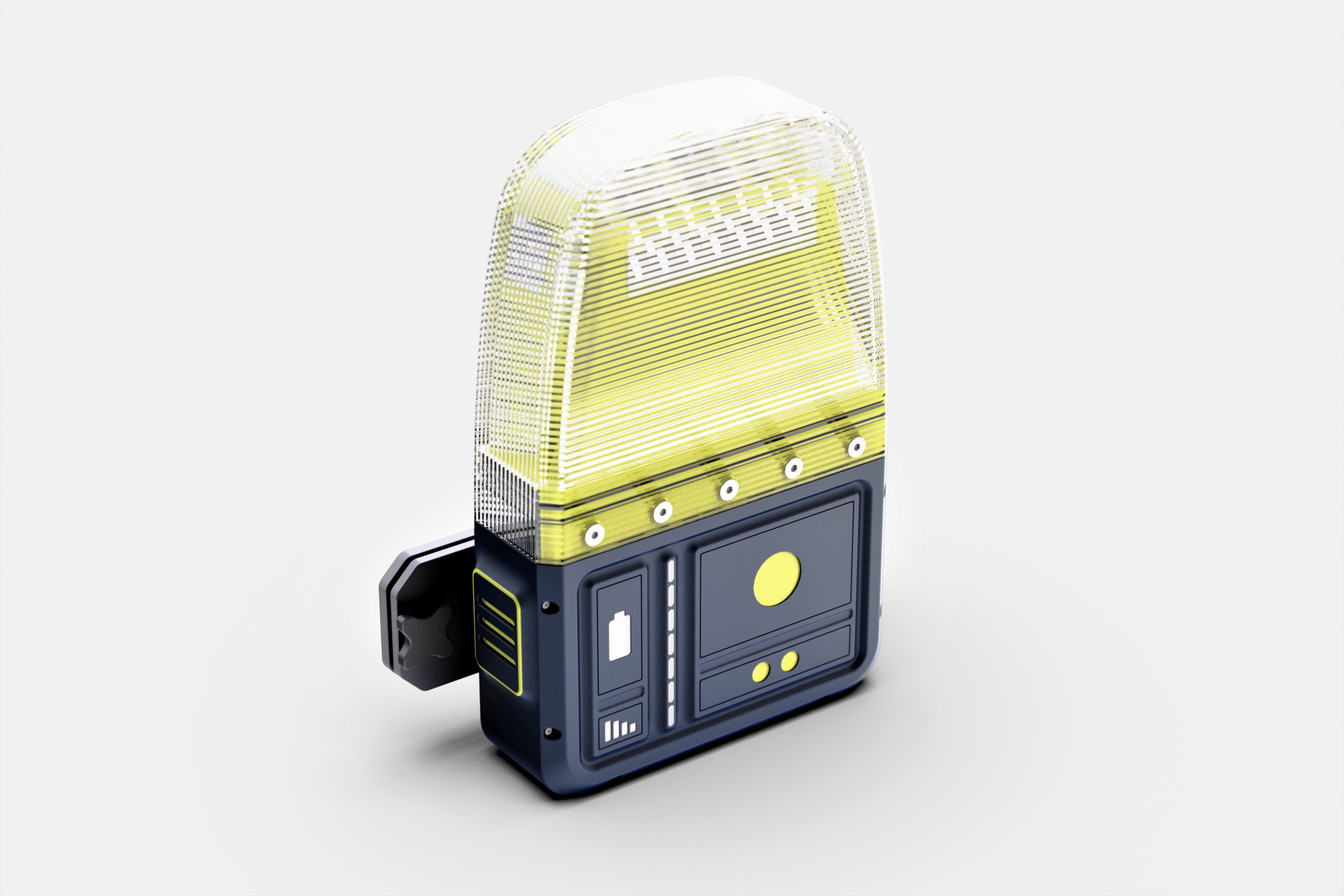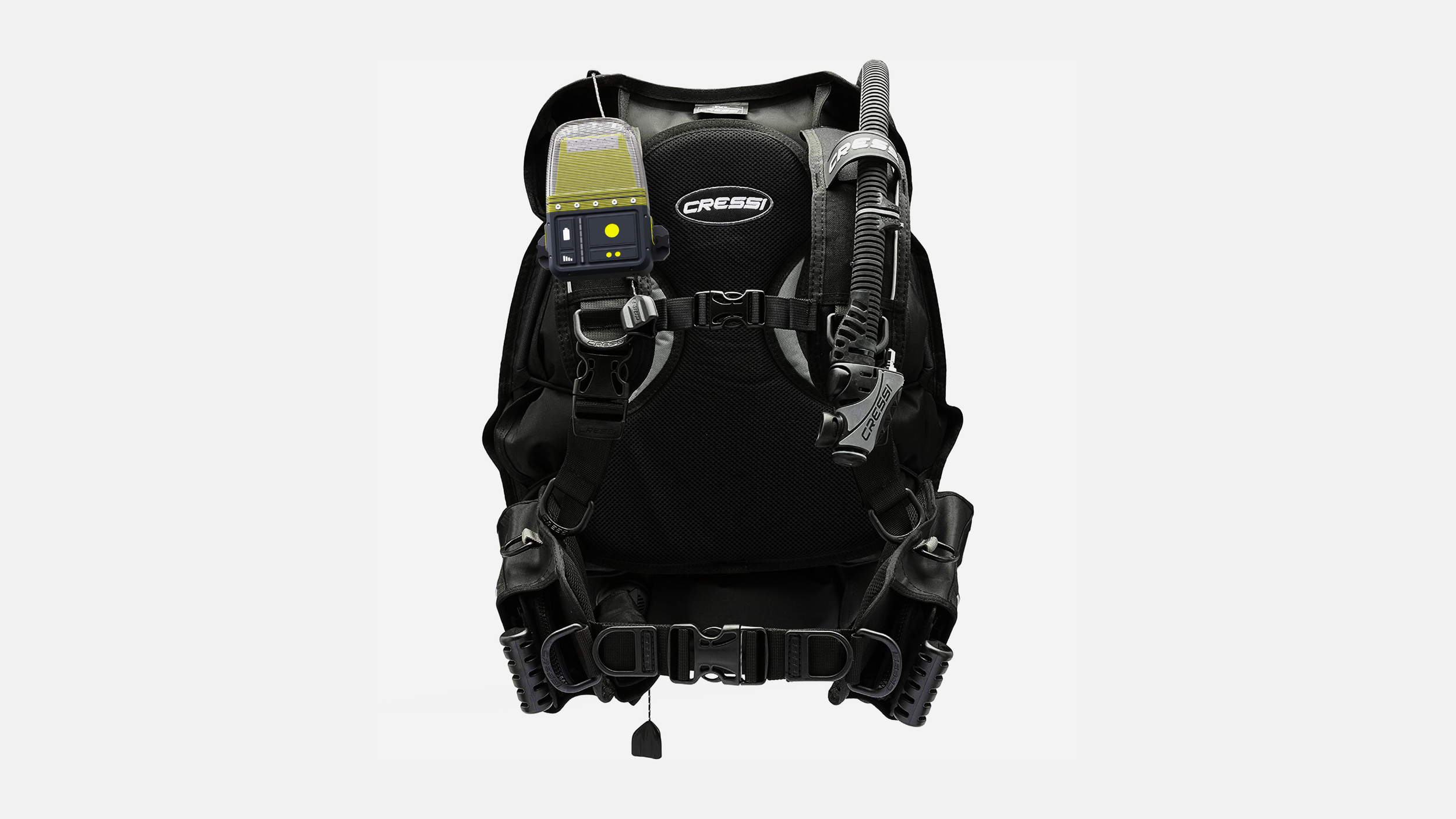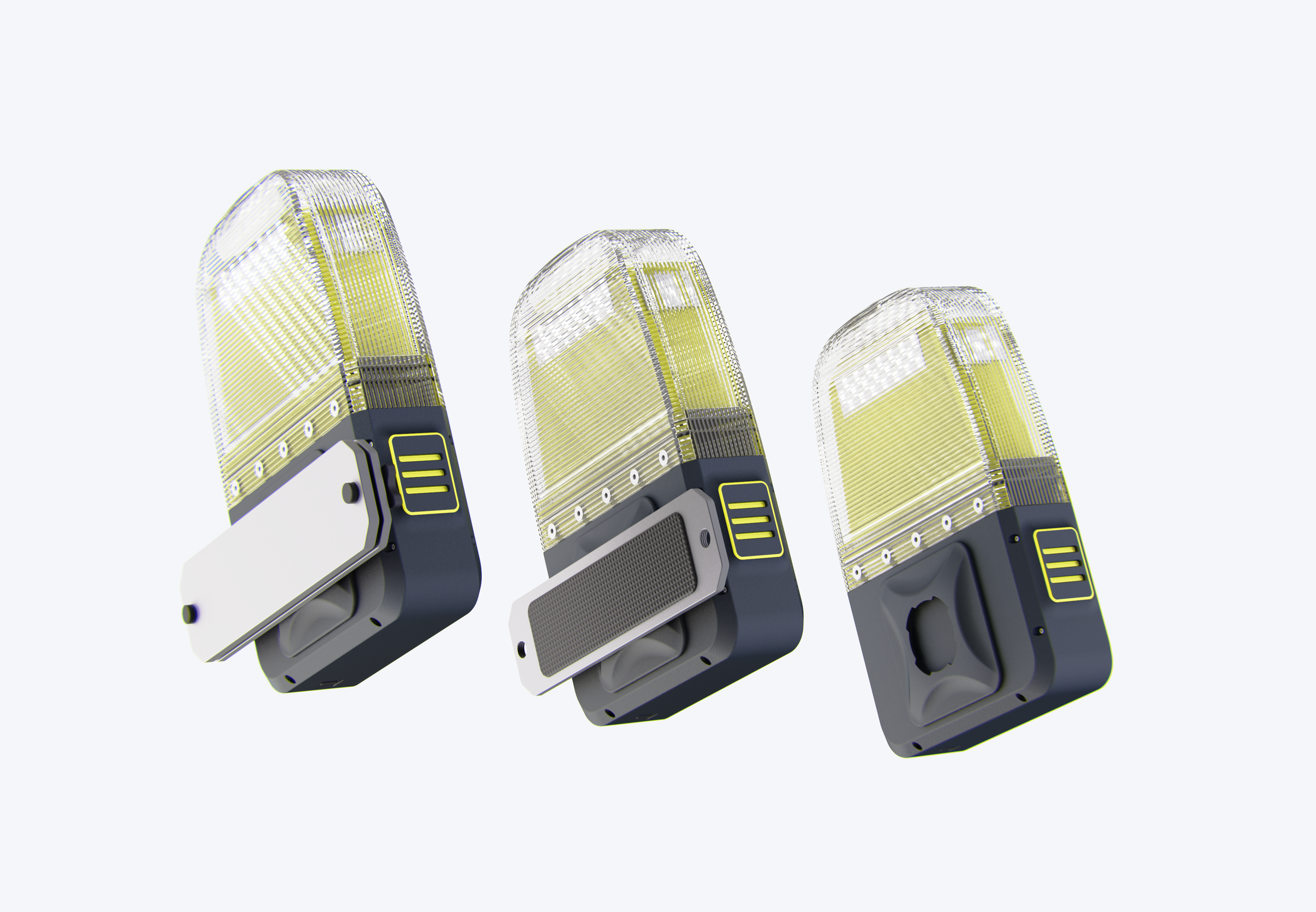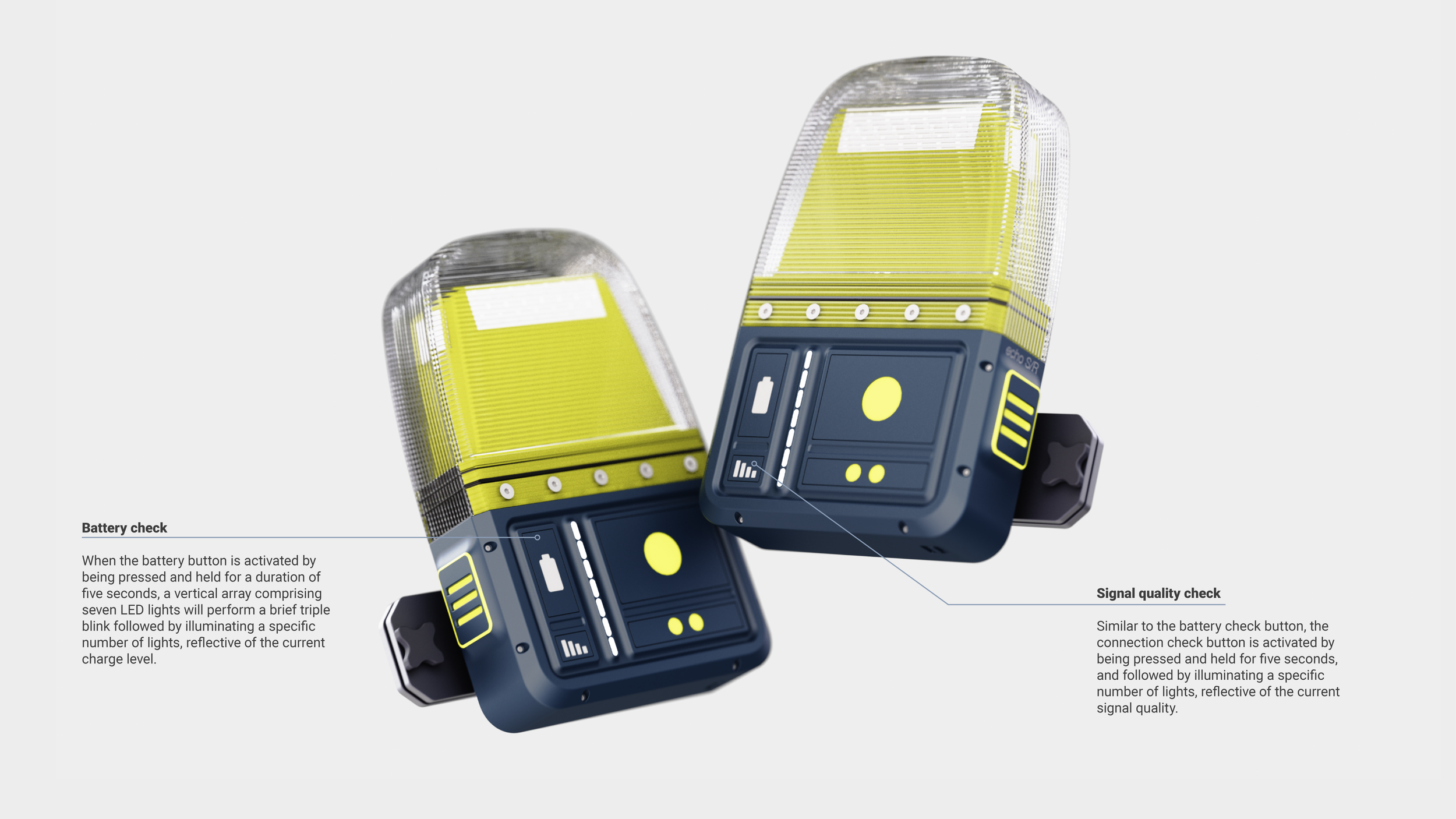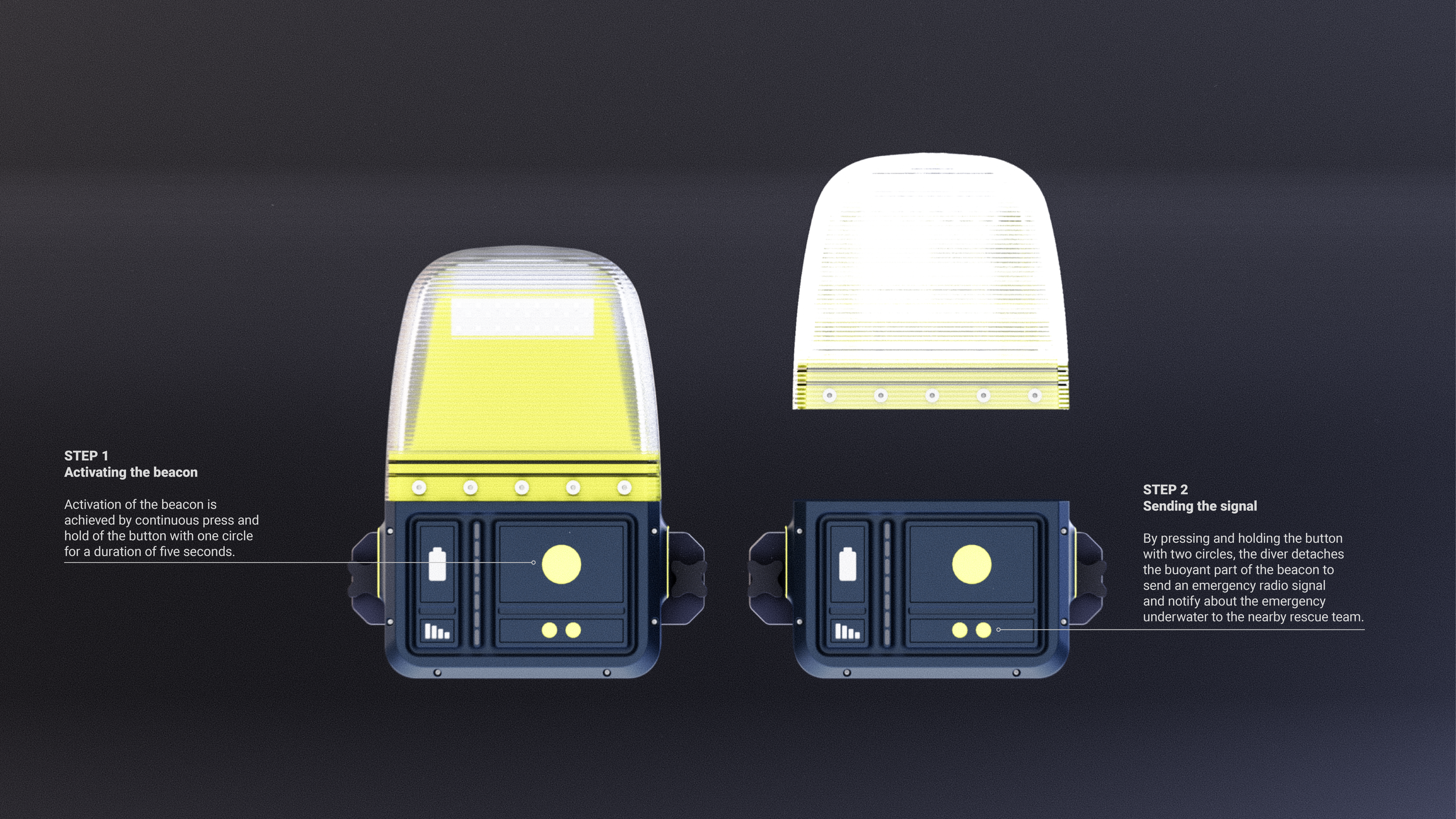Echo S/R
Underwater Emergency Position-Indicating Beacon.
During this quarter-long assignment, our task was to develop a wearable device aimed at enhancing human assistance in emergency scenarios. Despite the wide-ranging scope of the assignment, I chose to concentrate on the scuba diving sector, driven by a long-standing interest in the field and the perceived potential for innovation.
Throughout extensive research efforts and targeted engagement with real-world scuba diving instructors, it became apparent that there is currently no reliable method for indicating emergencies underwater. Notably, divers must first resurface, a process that may be time-consuming and potentially life-threatening, before they can request emergency assistance.
This discovery has inspired me to design an emergency position-indicating beacon. This device aims to fill the identified gap in underwater emergency signaling methods, thereby enhancing safety and efficiency in diving operations.
Personal Project
Duration 10 weeks, 2022
Software Used Fusion 360, KeyShot, Procreate, InDesign
Credits Prof. Arunas Oslapas
Scuba diving fatality rates of 16.4 deaths per 100,000 people per year are comparable with motor vehicle deaths.
Insufficient Gas
The most common causes of FATALITIES
Equipment Problems
Entrapment
*according to 940 fatality statistics by DAN over 10 years*
Interviewing The Professionals
Richard
1500+ dives | 70 diving certifications | PAD course director | taught over 4000 people
"In my mind, the biggest concerns during a rescue are keeping the victim diver alive, getting them to safety, and getting help as quickly as possible."
"During an emergency, a rescue diver needs something simple and effective. Something that doesn't require much thought, skill, or time to deploy and doesn't require a lot of dexterity."
Diego
scuba diver instructor | professional swimmer | has more then 3500 dives
"Dive gear is very advanced and quite reliable if it's well maintained. So that's not usually what gets us into trouble. The biggest cause of diver injuries and fatalities is poor judgment."
"We carry cutting tools to remove gear, we have floatation on our bodies every time we dive, and we carry a multitude of items depending on the situation. I even carry a tube full of powder that leaves a square mile big fluorescent slick on the surface of the water to help me be spotted if I'm missing and I need to alert search teams in the air. Along those lines, we also carry a DSMB or SMB (Delayed Surface Marker Buoy & Surface Marker Buoy) to help boats see us. But, none of those gears can rapidly send an emergency signal, when you're under the water."
Michael
offshore diver | 13 pro certifications
"Underwater wearable GPS sounds good in theory. But it would actually be antithetical to safety, in my opinion, because it would teach divers to ignore where they're going, where the boat is, and where and what their buddy is doing. It would make divers less likely to care about these things."
"Divers are trained to stay with their buddies, it's really a buddy sport. To be a solo diver requires quite a bit of experience, training, and extra gear. Leaving tracking of your buddy to a computer is only going to make it more likely that you'll have buddy separation."
Interviewing The Survivor
I and my friend Jane were diving in a cold, freshwater lake on the Oregon coast, called Woahink Lake at Jessie Honeyman State Park. Although it's a very popular training site, no one else was there that day. During the dive, I found myself starving for air and became distressed. We got separated which isn't hard to do because the visibility there is usually around 10 feet. So Jane followed the standard buddy separation procedure by looking around for one minute and then surfacing. I was not on the surface, and a few minutes later Jane saw me about six hundred yards away. Swimming that far on the surface is no small task in dive gear by the way. Once Jane reached me, she did her best to keep me calm and towed me to the nearest shoreline. I was having trouble breathing and was quite panicked. Unfortunately, once at the nearest shore, Jane realized she had no way of getting help because her phone was on the opposite shore in her vehicle. Since I'm a nurse, I assured her that I would be okay so that she could go get her phone. So, Jane went back across the lake and called for help. In the meantime, I could barely breathe and I started crawling further up the shoreline toward the parking lot. Because it was getting dark, Jane couldn't see me anymore. To make matters worse, when EMS arrived, they discovered that the gate to the area where I was last seen had been locked by the park staff. So, Jane went back across the lake to find me, while EMS waited for someone to come unlock the gate.
Eventually, they found me and EMS discovered my oxygen saturation was in the low 60s. Which is really bad! I made a full recovery but found out that I suffer from something called emersion pulmonary edema. It basically means that my lungs fill with body fluid when underwater and my body is trying to drown me. Jane did everything perfectly by the book. She stayed calm, she followed the procedure, found her diving buddy, got her to safety, and got help (eventually). Never before had I experienced such a deep sense of hopelessness while waiting for help for almost four hours.
Existing Product
Nautilus Lifeline Marine Rescue GPS is one product, that serves as a compact emergency beacon for scuba divers.
Pros
Affordable
Reliable
Compact
5-year battery life
Cons
Requires dexterity
Hard to find out the signal quality
Requires to be above the water
No way to check battery charge
Design Criteria
Simple
Quick
Intuitive
Dependable
Bouyancy Experiments
The Placement
Following experimentation with various placements and positioning options for the beacon, I have determined that attaching it to the strap of the buoyancy control device (BCD) yields optimal results.
This strategic placement ensures that the beacon remains unobtrusive to the diver, while also enabling easy single-handed access and deployment when necessary.

